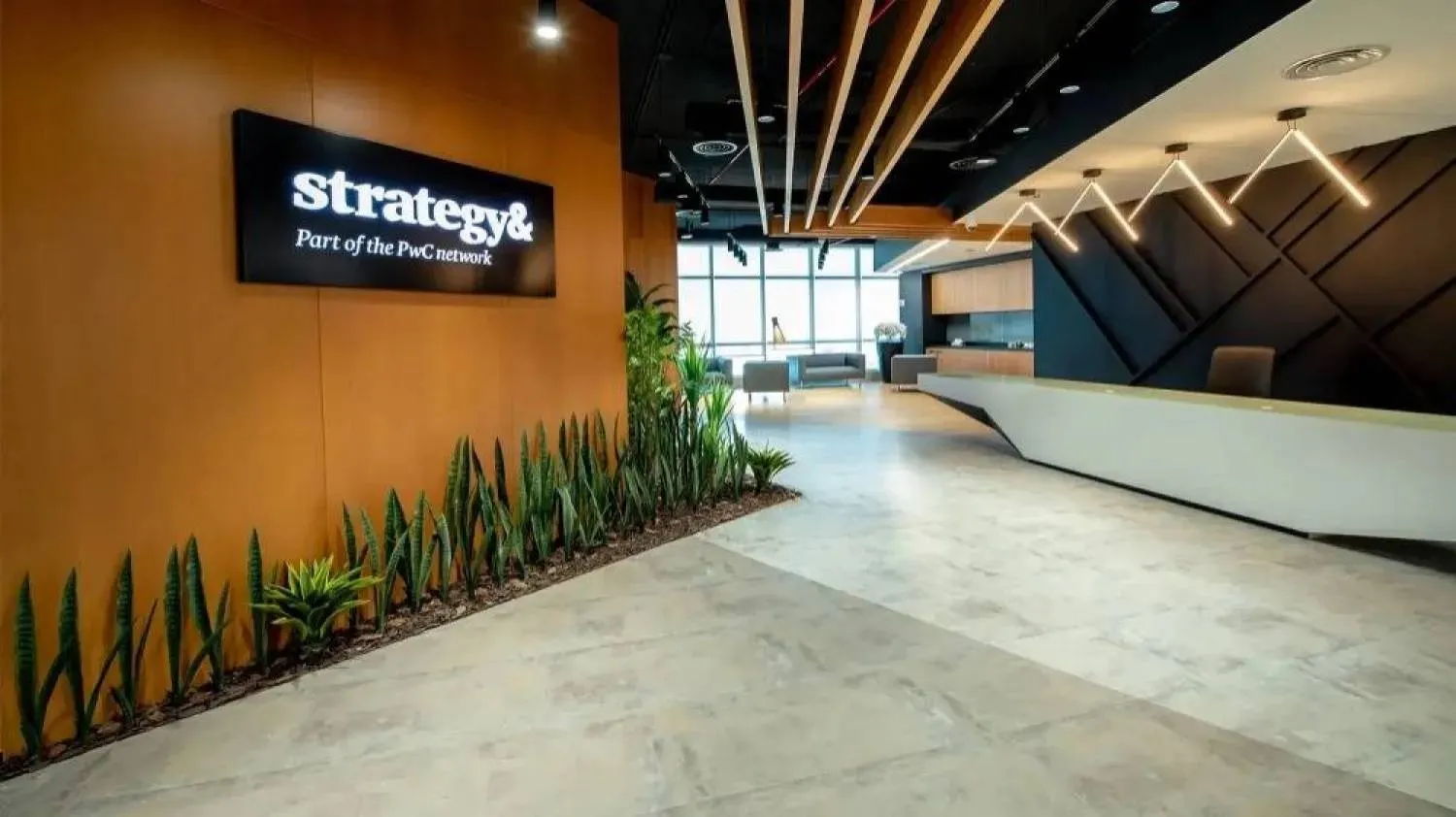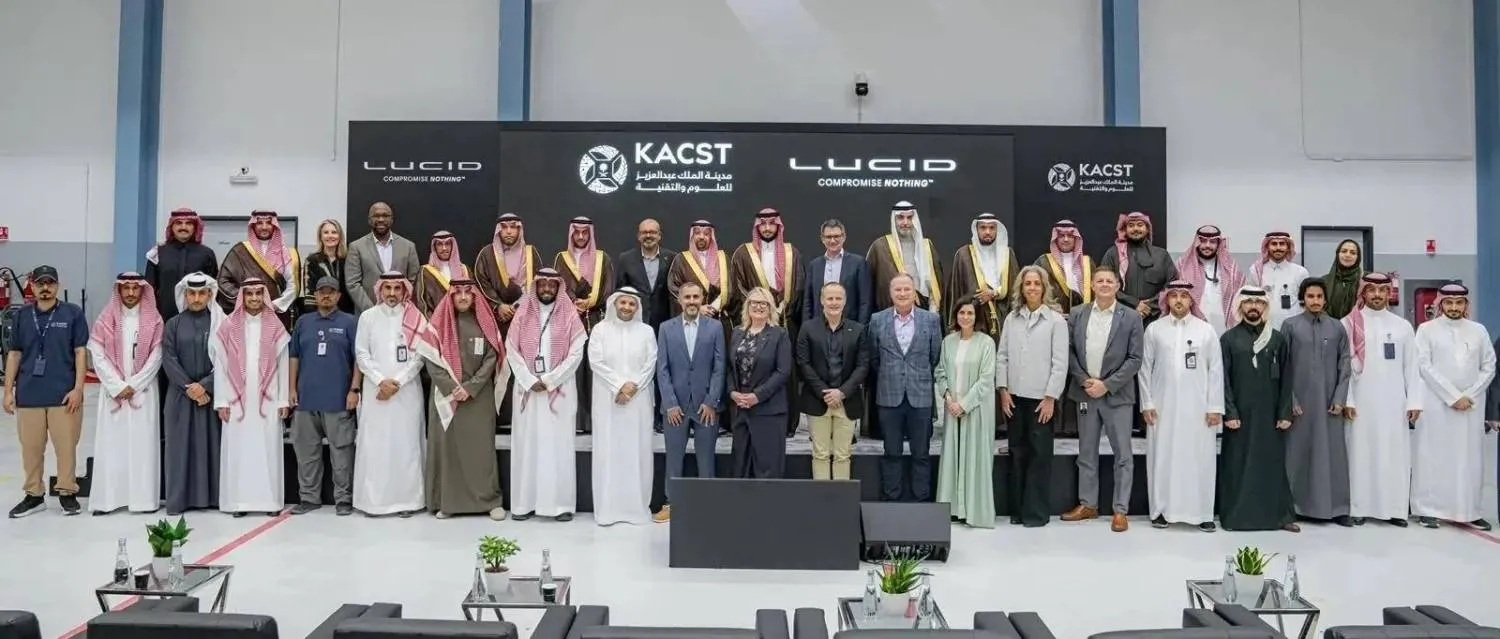Mohamed Farouk, Vice Chairman of El-Gammal Group, the company implementing the Egypt-Saudi Arabia electrical interconnection project, stated that the initiative will significantly enhance electricity supply in the region and reduce power outages that many Arab countries have been grappling with.
During the past summer, at least seven Arab countries, including Kuwait—a nation known for its oil wealth—experienced recurring power cuts due to record-breaking heatwaves.
In an interview with Asharq Al-Awsat from his office in Cairo, Farouk explained that the electrical interconnection, set to launch between April and May next year, will bolster the reliability of power stations in both Egypt and Saudi Arabia.
He added that this project is expected to serve as a cornerstone for broader Arab electrical integration.
The initiative originated from a cooperation agreement signed by Egypt and Saudi Arabia in 2012, with an estimated cost of $1.8 billion, of which $600 million is Egypt’s share. Funding has been provided by the Kuwait Fund for Arab Economic Development, the Arab Fund for Economic and Social Development, the Islamic Development Bank, and internal resources from the Egyptian Electricity Transmission Company.
This project represents the first high-voltage current exchange initiative in the Middle East and North Africa. It spans from Badr City in Egypt to Madinah, passing through Tabuk in Saudi Arabia. It includes the construction of three high-voltage conversion stations: two in Saudi Arabia, located in Madinah and Tabuk, and one in Badr, east of Cairo. These stations will be interconnected by overhead transmission lines stretching approximately 1,350 kilometers, along with 22 kilometers of underwater cables across the Gulf of Aqaba.
Farouk also announced that El-Gammal Group has earmarked $200 million to establish a polyethylene manufacturing complex in Saudi Arabia, with completion planned by the end of next year.
The company is targeting a 25% market share in Saudi Arabia’s polyethylene sector within three to four years.
“We have obtained the necessary licenses for the factory and are currently in the process of selecting the most suitable location,” Farouk explained.
The group is actively engaged in infrastructure and energy projects and produces a significant portion of the materials used in these endeavors, such as pipelines for oil and gas projects. One of its notable achievements includes the monorail project, where it integrated all stations with the Greater Cairo electricity distribution network.
Farouk emphasized the significance of the Saudi market, describing it as “large and promising.”
He added: “We aim to establish a strong presence in Saudi Arabia, both in the general contracting and manufacturing sectors.”









